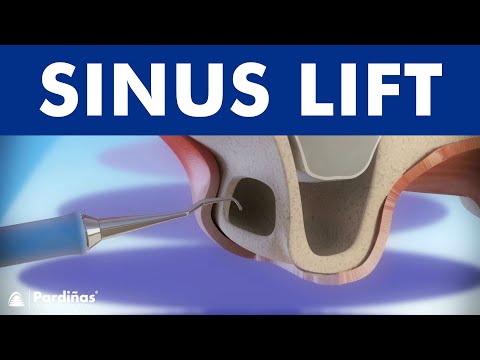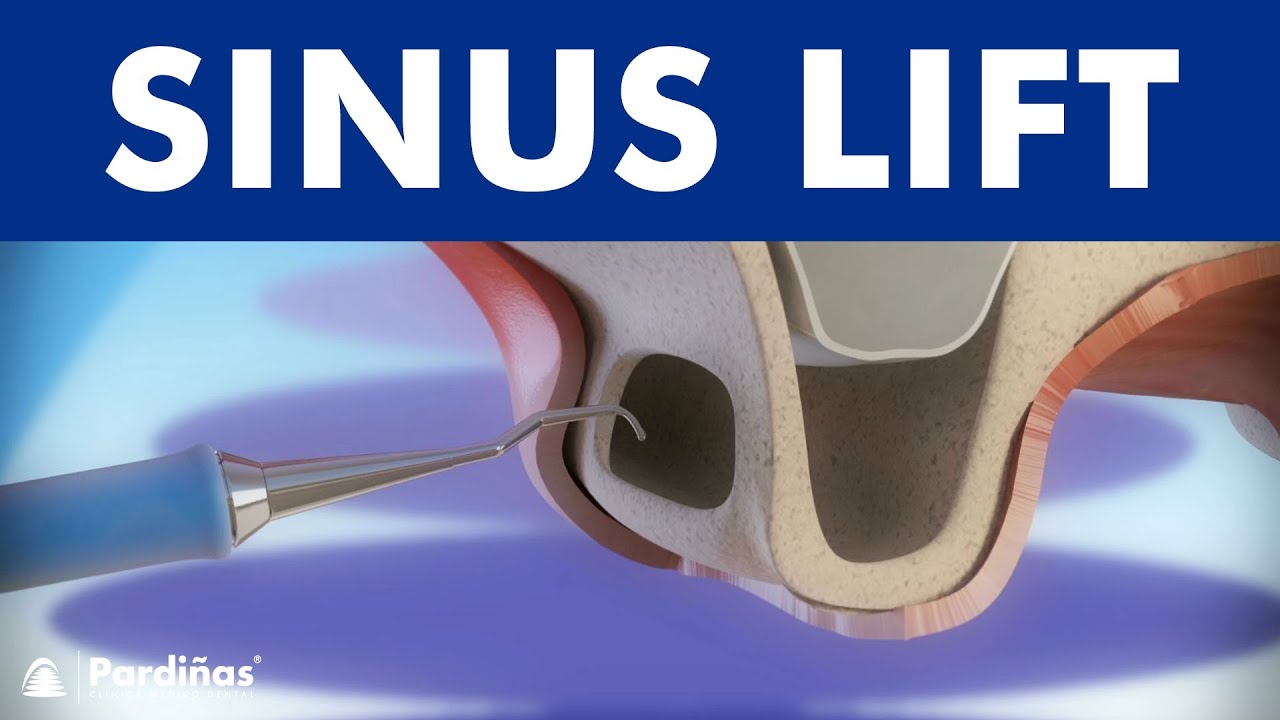Sinus lift is a remarkable dental procedure that can restore your smile and improve your oral health. If you’re seeking to replace missing teeth with dental implants but lack sufficient bone in your upper jaw, a sinus lift could be the solution you’ve been searching for. This innovative technique involves elevating the sinus membrane and grafting bone into the sinus cavity, creating a stable foundation for implants. By strengthening the bone structure, a sinus lift allows for successful implant placement, ultimately transforming your smile. This procedure is performed by skilled oral surgeons who specialize in advanced dental techniques, ensuring your comfort and safety throughout the process. With a sinus lift, you can bid farewell to the inconvenience and discomfort of removable dentures or bridges, and embrace the natural look and feel of permanent, fully functional teeth. Imagine the joy of confidently biting into your favorite foods without worry or hesitation! So, if you long for a complete and radiant smile, consider a sinus lift as the key to unlocking your dental dreams. Consult a trusted dental professional today and discover how this transformative procedure can revolutionize your oral health and overall quality of life.

What is a Sinus Lift?
| Aspect | Description |
|---|---|
| Definition | A sinus lift, also known as a sinus augmentation or sinus elevation, is a surgical dental procedure performed to increase the amount of bone in the upper jaw’s posterior region. It involves lifting the sinus membrane to create space for the placement of dental implants. |
| Procedure | The sinus lift procedure is typically performed by an oral surgeon or periodontist. It begins with a careful evaluation of the patient’s dental and medical history, followed by a comprehensive examination of the maxillary sinus and surrounding structures through imaging techniques. During the surgery, an incision is made in the gum tissue, exposing the underlying bone. Then, a small window is created in the bone to access the sinus membrane. The membrane is gently lifted, and a bone grafting material is placed beneath it to stimulate new bone growth. After the graft material is secured, the incision is closed, and the healing process begins. |
| Indications | Sinus lifts are commonly recommended when there is insufficient bone height in the posterior upper jaw due to factors such as natural bone loss, trauma, or congenital defects. This procedure allows for successful implant placement by providing enough bone volume and stability in the area. |
| Materials | Various bone grafting materials can be used in sinus lift procedures, including autogenous bone (patient’s own bone), allografts (donor bone), xenografts (animal-derived bone), or synthetic materials. The choice of material depends on factors such as the patient’s bone quality, quantity, and individual preferences. |
| Recovery | After a sinus lift, patients may experience minor swelling, discomfort, and mild bleeding. Pain medications and antibiotics are usually prescribed to manage post-operative symptoms and prevent infections. It is recommended to avoid vigorous physical activity, smoking, and blowing the nose forcefully during the initial healing period. The complete healing process can take several months, allowing the bone graft to integrate and become a stable foundation for dental implant placement. |
| Success Rate | When performed by experienced professionals and with proper patient selection, sinus lifts have a high success rate. Studies have shown success rates ranging from 85% to 95% over a 5 to 10-year period. However, individual factors such as overall health, oral hygiene, and adherence to post-operative instructions can influence the long-term success of the procedure. |
Sinus Lift: Elevating Maxillary Potential
Understanding Sinus Lift: A Guide to the Procedure
When it comes to dental procedures, you may have heard of common treatments like fillings, crowns, or even root canals. However, there are more advanced procedures that are necessary for certain individuals. One such procedure is a sinus lift. In this article, we will explore what a sinus lift is, why it is performed, and what you can expect during the procedure.
What is a Sinus Lift?
A sinus lift, also known as sinus augmentation, is a dental procedure performed to add bone to the upper jaw in the area of the molars and premolars. This procedure is typically necessary when there is insufficient bone height in the upper jaw, often caused by bone loss due to gum disease, tooth loss, or natural anatomical variations.
The purpose of a sinus lift is to create enough bone height to support the placement of dental implants. Dental implants are a popular and effective solution for replacing missing teeth, as they provide a sturdy foundation and natural-looking results. However, in cases where the upper jaw lacks sufficient bone, a sinus lift becomes necessary to ensure the success of the dental implant procedure.
Why is a Sinus Lift Performed?
A sinus lift is performed for several reasons, including:
1. Insufficient Bone Height: When the upper jaw lacks adequate bone height, dental implants cannot be securely placed. A sinus lift helps create a solid foundation for the implants to ensure long-term success.
2. Tooth Loss or Gum Disease: Tooth loss or advanced gum disease can lead to bone loss in the jaw. A sinus lift can help restore the lost bone and provide a suitable environment for dental implant placement.
3. Anatomical Variations: Some individuals naturally have a thin sinus membrane or a lower sinus floor, which reduces the available bone for dental implant placement. A sinus lift can address these anatomical variations and create the necessary bone height.
The Sinus Lift Procedure
The sinus lift procedure is typically performed by an experienced oral surgeon or a periodontist. Here is an overview of the steps involved:
1. Evaluation and Planning: Before the procedure, your dentist will evaluate your oral health through X-rays, CT scans, or other imaging techniques. This helps determine the extent of bone loss and the appropriate treatment plan.
2. Anesthesia: To ensure your comfort, local anesthesia or sedation will be administered. This ensures a pain-free experience during the procedure.
3. Incision: An incision is made in the gum tissue at the back of the upper jaw, exposing the underlying bone.
4. Accessing the Sinus Cavity: The oral surgeon or periodontist creates a small window in the bone, gently pushing the sinus membrane upward to create space for the bone graft material.
5. Bone Graft Placement: The bone graft material, which can be synthetic, donor bone, or your bone taken from another area, is then placed into the space created above the sinus. The graft material stimulates new bone growth and eventually integrates with your natural bone.
6. Healing and Integration: After the bone graft is placed, the incision is closed, and the healing process begins. It takes several months for the graft material to integrate with the existing bone and for the new bone to become strong enough to support dental implants.
Recovery and Aftercare
After a sinus lift procedure, it is important to follow your dentist’s instructions for proper aftercare. This may include:
1. Prescribed Medications: Your dentist may prescribe pain medication or antibiotics to prevent infection and manage any discomfort.
2. Avoiding Strenuous Activities: It is advisable to avoid strenuous activities, including heavy lifting or intense exercise, for several days following the procedure to promote proper healing.
3. Maintaining Oral Hygiene: It is crucial to maintain good oral hygiene by gently brushing and flossing your teeth. However, you should avoid the surgical site until it has fully healed.
Conclusion
A sinus lift is a specialized dental procedure performed to add bone to the upper jaw, creating a foundation for dental implants. It is typically necessary for individuals with insufficient bone height due to tooth loss, gum disease, or anatomical variations. The procedure involves accessing the sinus cavity and placing a bone graft material to stimulate new bone growth. With proper aftercare and healing, a sinus lift sets the stage for successful dental implant placement, allowing individuals to regain their smile and oral function.

